|
In 2014 I was approached by a publisher to write a book on puppetry, My instincts at the time were that this was too soon for me and that I was not "qualified". The publisher assured me that I would be suitable and so began a process of distilling ideas, concepts and techniques into written form. The book never eventuated and I am left with many draft pages of what would have been a book. I have now decided to share some of these "draft pages" of this book on puppetry which might have been, as to share with others was the essential purpose for my spending the time to write these words. (I by no means whatsoever own these concepts, but I do ask that you please respect my authorship and so acknowledge this accordingly.) Introduction
Puppetry is an art form which intersects performance, sculpture, education, health, animation and exercise, it is a truly cross-over medium used by professionals and amateurs alike of all ages and all walks of life. When mentioned in conversation, puppetry very often inspires wonderful memories and strong long lasting recollections. A puppeteer can spend a whole lifetime exploring the medium of puppetry and not get close to its limits. Puppetry is amongst the most ancient of the performing arts and has been practised throughout most if not all of the world’s traditional cultures in a multitude of different shapes and forms, it is also a medium which continues to be at the cutting edge of technology and is integral within the creation of many of the most innovative contemporary films. A puppetry performance can have a significant and transformational effect on its audience and allows its practitioners to explore the stage space and narrative without restrictions in regards to scale and movement which hold sway in other theatre forms. In the creation of puppet theatre even the very laws of nature can be toyed with and manipulated such as time and mass. Gravity can be treated as a choice, so that characters may float weightlessly in mid air or gracefully move in slow motion, and then through the manipulation of the puppeteers return to a movement and weight of which the audience is familiar with. This limitless range in regards to character and movement allows puppet theatre to express a fresh perspective and gives the opportunity to its practitioners to present the world, real or imaginary, in a different way free from the mundane and familiar while still using these as the subjects of this expression. There are many reasons to explore the theatre of puppets and a diverse range of applications for puppetry within society. Often the motivation for a person to begin the journey which is puppet theatre is from a deep set desire to communicate something which is impossible to be expressed merely with words; something which can not be effectively expressed by means of human performers, something that requires objects, shapes, colours and unusual and mysterious characters to do its expression justice. The characters of puppet theatre may be smaller than a thumb or larger than a double decker bus, they may perform to a group of ten four year olds or accompany a music act and be seen by thousands of revellers, not to mention millions viewing on the screen large or small. An audience may empathise with a young princess characterised by a puppet of two hundred years old and performed by an aged male puppeteer, or may watch in wonder as an entire epic is played out by a sheet of tissue paper. Within health and education the ability of the puppeteer to externalise a character and their story makes puppetry useful as a method of discussing otherwise taboo subjects or issues which are sensitive and too-close-to-home for the teller. In the exploration and creation of puppet theatre as much time is spent deciding upon useful limiting factors, in terms of scale, movement, timing, colour, shape as is spent on the dealing with actual real limits. A puppet character can be a realistic expression of an actual person or a character with exaggerated features, equally a character may emerge from out of a pile of rubbish and having presented itself to the audience then return to this pile of which it is a part. Within puppetry all styles and methods as well as ways of moving and manipulating have their place, and exist as equals. It is only when considering the essential reason and nature of the performance event that some can be considered as more suitable and appropriate than others, in view of this the simple sock puppetry which a parent performs during their child’s evening story time is as virtuosic as the most accomplished west end theatre performance puppetry, one is simply more appropriate in one context and the other in another quite different situation. The medium of puppet theatre has stood the test of time so well for the simple fact that it is such an adaptive and intrinsically practical theatre form. Taking the example of the travelling glove puppet performance where a show involving ten or more characters can travel the town on a bicycle or the globe on a single ticket and still deliver a piece of theatre which has in its line up representatives from a wide variety of ages, genders and ethnicities. Puppetry is by its very nature eclectic and multitude.
0 Comments
In 2014 I was approached by a publisher to write a book on puppetry, My instincts at the time were that this was too soon for me and that I was not "qualified". The publisher assured me that I would be suitable and so began a process of distilling ideas, concepts and techniques into written form. The book never eventuated and I am left with many draft pages of what would have been a book. I have now decided to share some of these "draft pages" of this book on puppetry which might have been, as to share with others was the essential purpose for my spending the time to write these words. (I by no means whatsoever own these concepts, but I do ask that you please respect my authorship and so acknowledge this accordingly.) Capturing the Essential
The world which we are within is made up of an infinite myriad of creatures, plants, land forms, oceans and atmospheric conditions. This world is in its very essence a complex place, when we chose to focus on just one of the creatures which inhabit it, we discover that there is a seemingly infinite variety of variations to even this specific type of creature. By close observation of an individual animal within any species we find that it is made up of many parts, which unite together as the form of the creature. In life and breath these components are animated and through the observation of this movement within a creature's form we recognise character traits which provoke feelings in us. This combination of form, movement and the recognition of character which results leads us to the essence of this individual. A puppet when performed appears to be an individual, with components giving it form, when manipulated by a puppeteer the character of the puppet is expressed to a large extent through the combination of its form and the movement given. A living elephant is different from an elephant puppet in almost every way, the audience recognises and responds to this puppet as an elephant through similarities of form and movement. To create such an illusion of “elephant-ness” those involved in the creative process of this elephant puppet must have observed the appearance of an elephant and the way in which this animal moves. Through the observation and physical expression of form and movement, combined with the character deemed appropriate for a specific performance, the audience experiences an elephant on stage expressing traits which are analogous with a certain character within the performance. Our distinct impressions of one living elephant to another living elephant may be very different, and in the same way a herd of elephant puppets on stage may have a wide variety of differing forms and ways of moving. The characteristic which they all share in common is that they are all recognisable in form and movement as individual elephants. It is not necessary for an elephant puppet to physically resemble a living elephant in its entirety, all that is required to communicate the idea of "elephant" to an audience is that the synthesis of form and movement within this puppet shares enough in common with the essential nature of an elephant, so that the audience is happy to subscribe to this as an elephant within the performance. 2015 Here are a selection of my poetic writings and drawings towards the creation of Flight is a Waltz - Puppet Flutter. 2014 - 2016 This was a collaboration between myself and Dominic Harris. The wings of a butterfly are much like a hand they are hands gripping the air. The butterfly moves allot like a wave rather than a straight up and down movement the back wings articulate from a different point. The butterfly is principally of a liquid nature. (1st February 2014) Remembering that this is an artistic response. Remembering Klee and the one which is made by an artist. Find the essential and real within this. (1st February 2014) Here the movement skeleton becomes virtual -but as a driving movement principle which does not potentially rely on its exact physical existence. (the physical existence is the tricky part) (3rd September 2014) The chaotic element is important (10th October 2014) Please and now for a simple solution (16th October 2014) Will I recognise the solution when it appears. My issues the mechanical deviation from the referent. Simple must also equate to robust. (16th October 2014) In a way the creation of the butterfly total should be an essential memory of a butterfly. To capture and then to bring this back to life. What do we find. (20th October 2014) Working on creating the brass functional space frame. Don’t be afraid to rough out turn idea fear into solid innovation. (6th April 2015) Another inaccuracy apparent wasted 1 ½ day not so. accuracy as like any skill require(s) patient practice. there is a poetic in this accuracy I must move towards. From a place of stasis or from a place of stillness. (4th May 2014) Also clumsy - how to build this in chance mistake then rhythmic catch like cacophony melted into rhythm and back. (18th May 2015) The mechanism can be any shapes between the points expressive potential (11th June 2015) The constant play off between the requirements for strength and the significant limitations on space crop up in relation to the machining of the legs in this case. (12th June 2015) The centre moves within with the articulation (one thing this may do is to give a breathing effect). (19th June 2015) Here I am nervous towards putting it all together praying that there is the grace within what I have made to move freely and dedicating my labour to all that is true and all that moves in truth (1st September 2015) The head carries the reflection and window towards the soul. (10th September 2015) (Feeling to become this How to become this How if realism wasn’t the primary concern. One amongst equals. What can be expressed outside of realism, representation and the figurative portrayal even abstracted with puppetry? This journey is interesting. where will this take me and us collectively. (16th January 2016) Notebooks dedicated to the project Flight is a Waltz - Puppet Flutter
Learning and interpreting natural design
Movement exploration and the creation of pieces inspired by biomechanical design. Insects. This involves working on a tiny scale which expands my limits in regards fabrication and knowledge of the properties of materials. Working to the scale of the subject also results in work which demands inspection, we are drawn towards a wealth of detail which is not apparent should we walk past quickly, offering merely a cursory glance. I want to demand that the viewer takes a closer look. The works aim to express to a viewer a simplicity and elegance of the relationship between movement and form, at the same time I wish to give an awareness of the miraculous complexity of these subjects and also the poetic interpretation. These are expressions of my feeling towards the way in which these creatures move. My approach is to find the most basic way in which a created body can move with as much of the essential quality of the original subject. I am not wishing to mimic what is present in the natural world, this body of work aims to make a human interpretation and through this process find a communication channel between myself and the viewer towards the subject. In some ways these are subversions of biomechanical design into the poetic of a puppet form. I find an affinity towards what I make and a feeling towards the subject, we have much in common in the way we move and how we are. I continue to work by hand, feeling into each part, every movement imbued with the connectedness and relationship to my hand-eye-heart. |
June 2024
|
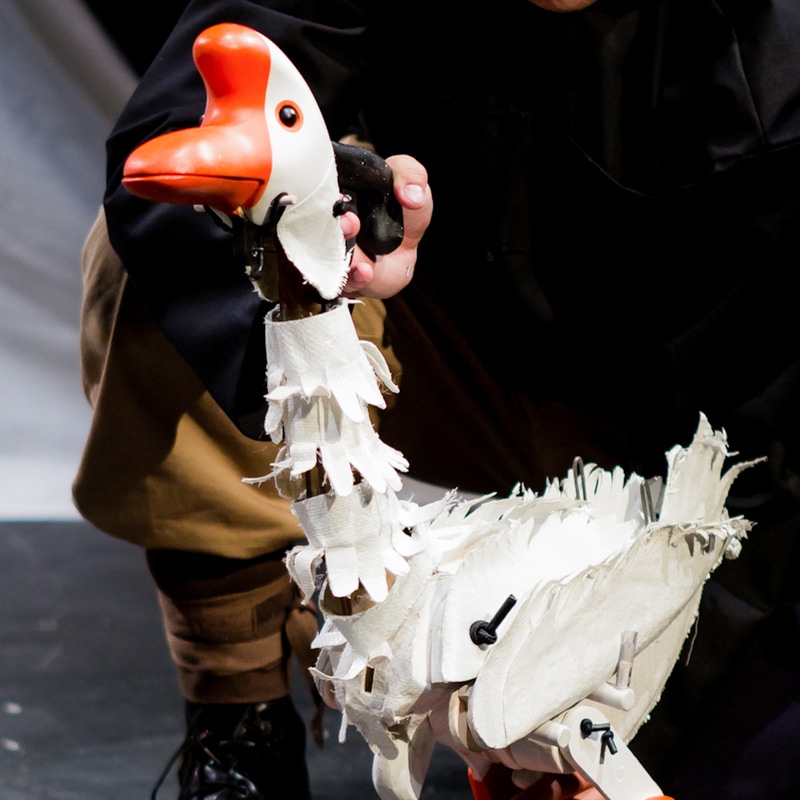
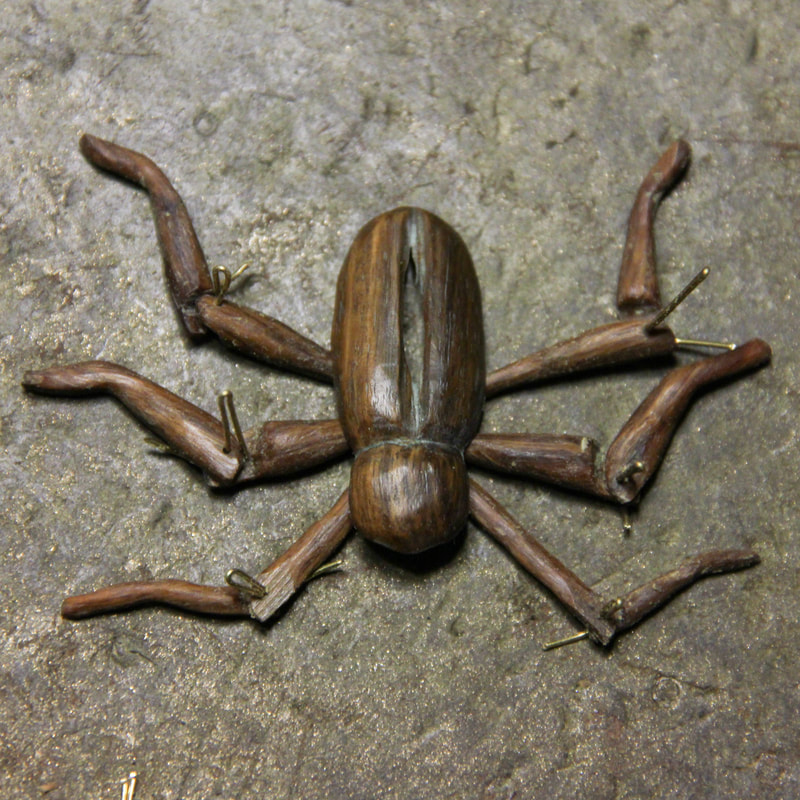
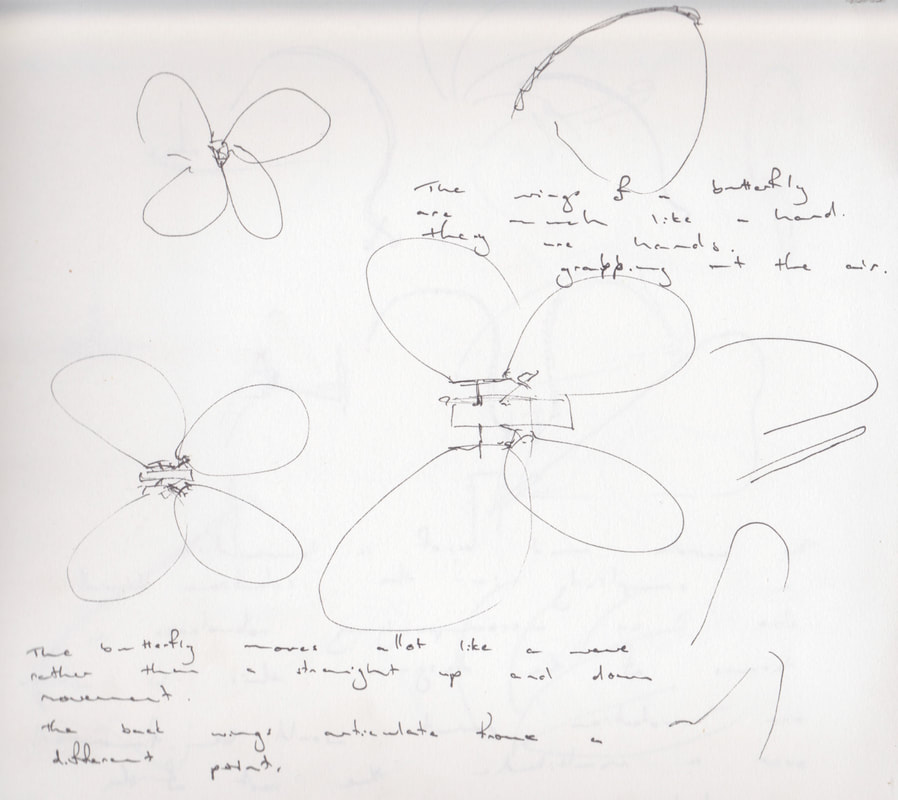
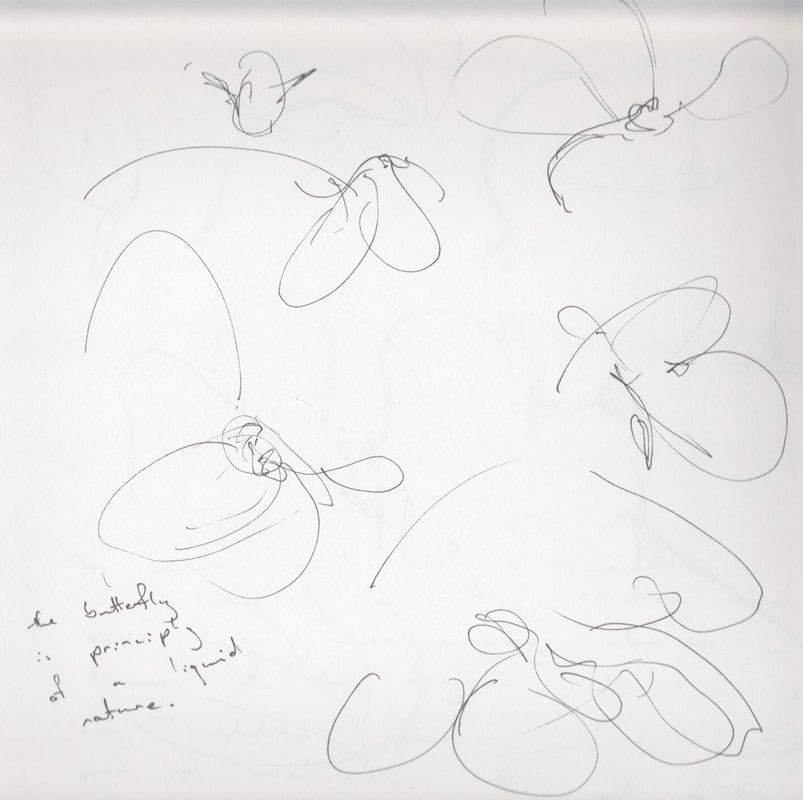
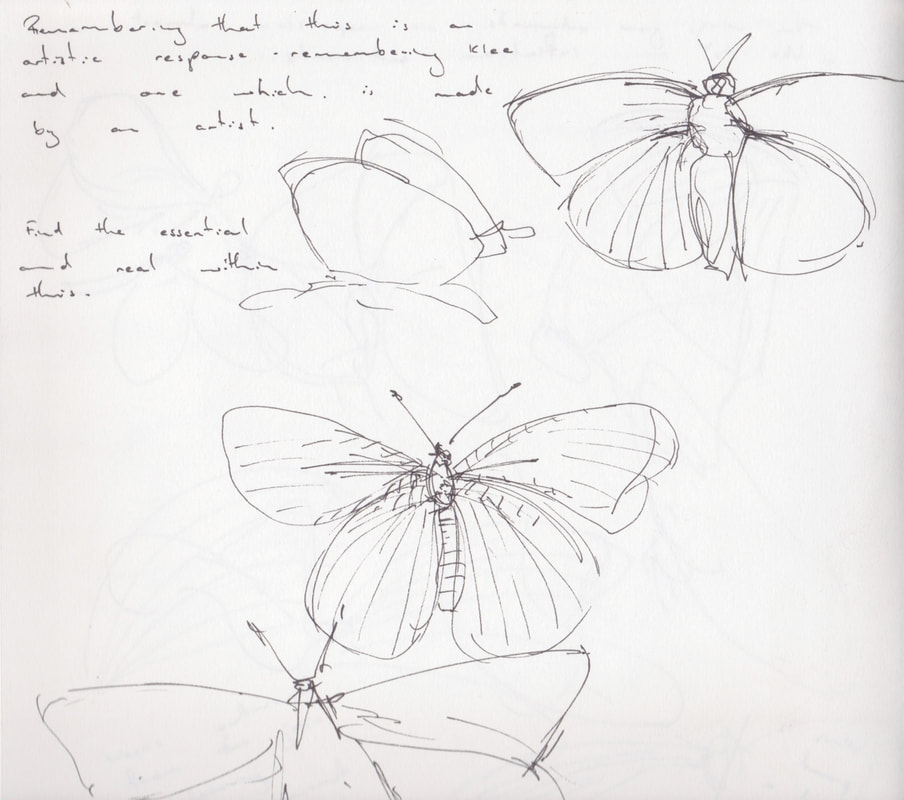
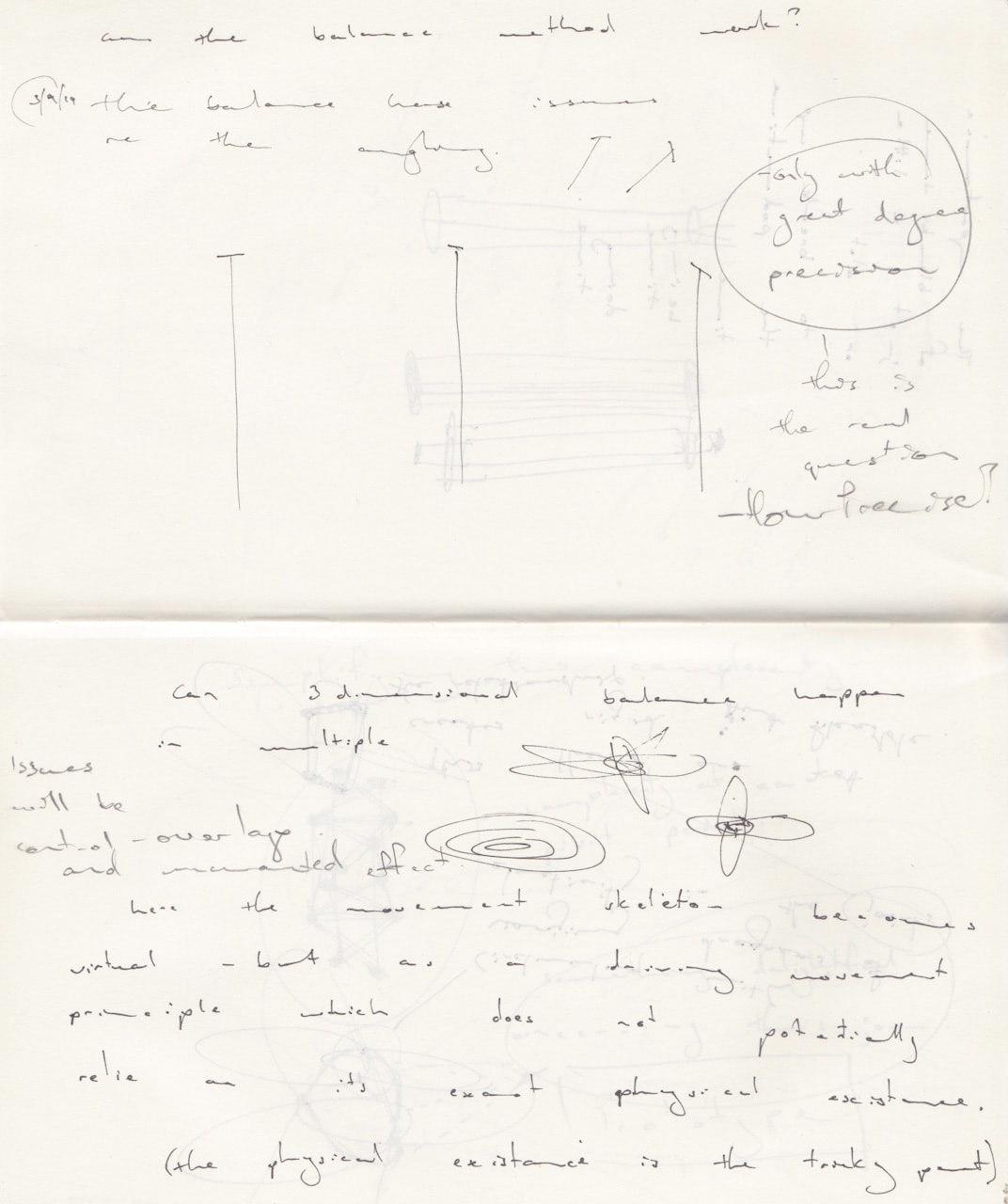
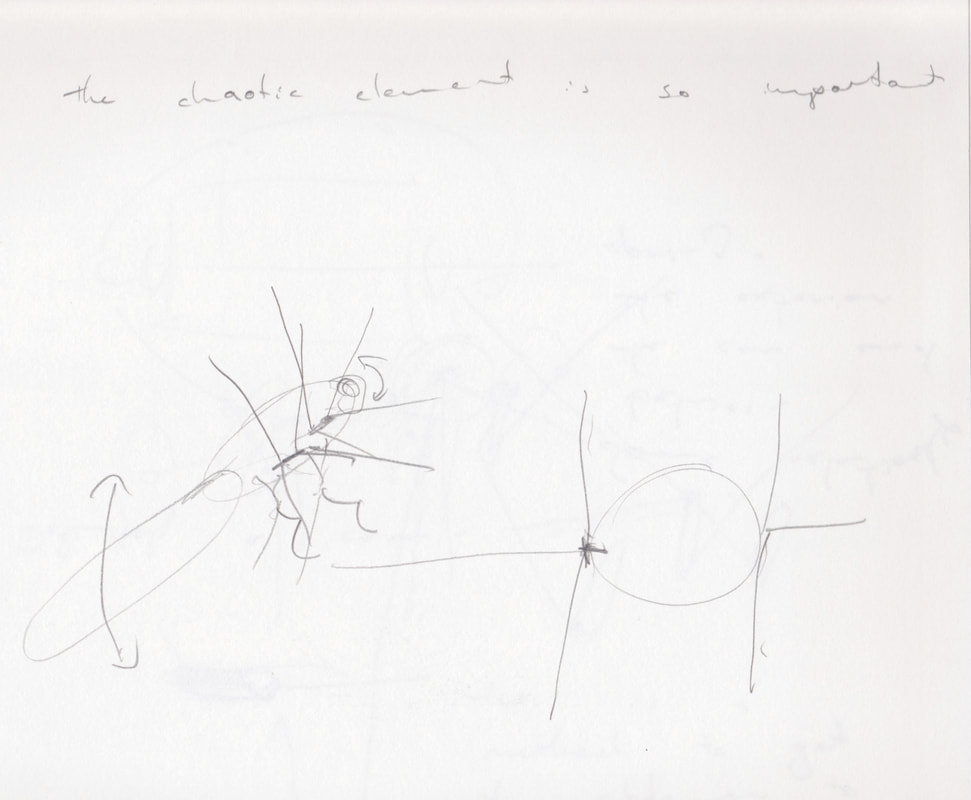
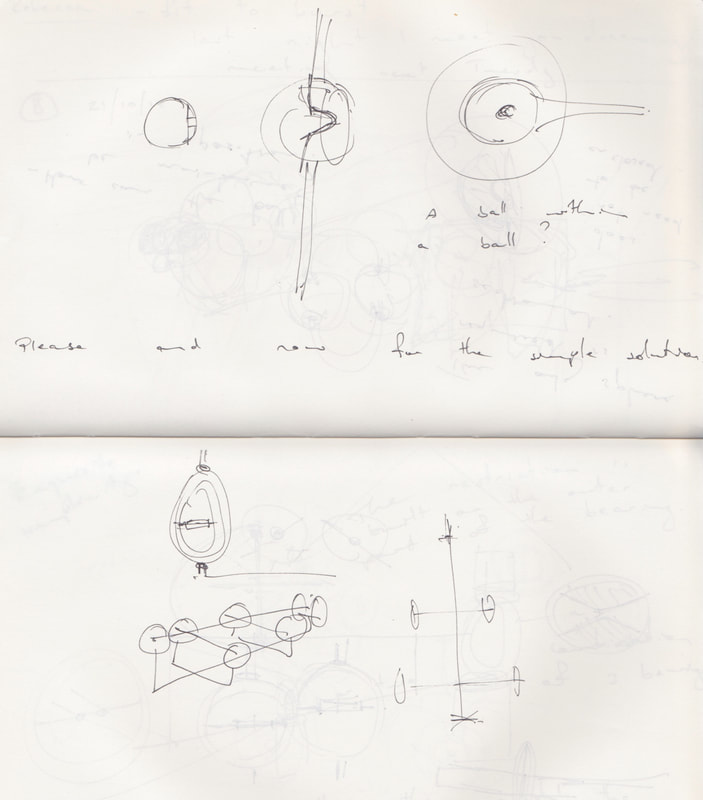
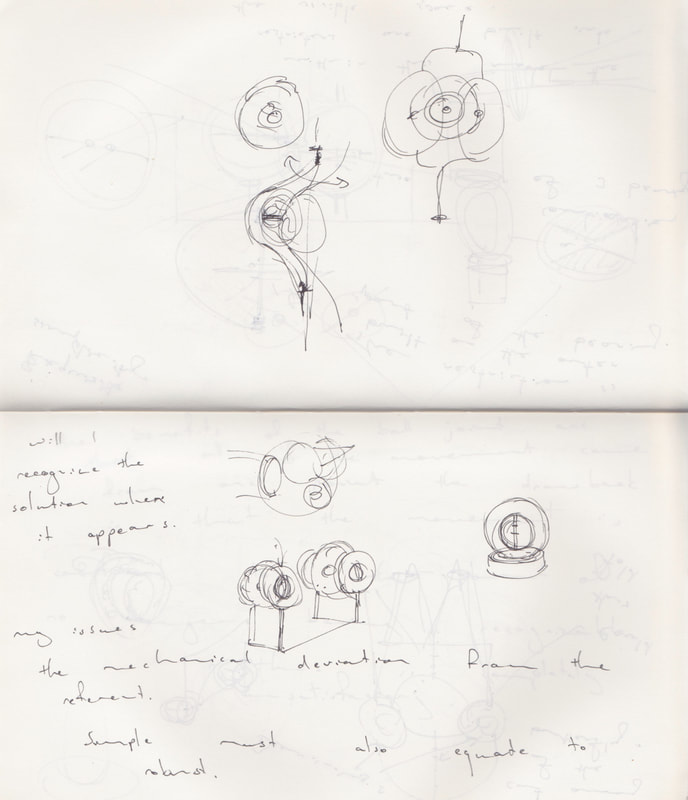
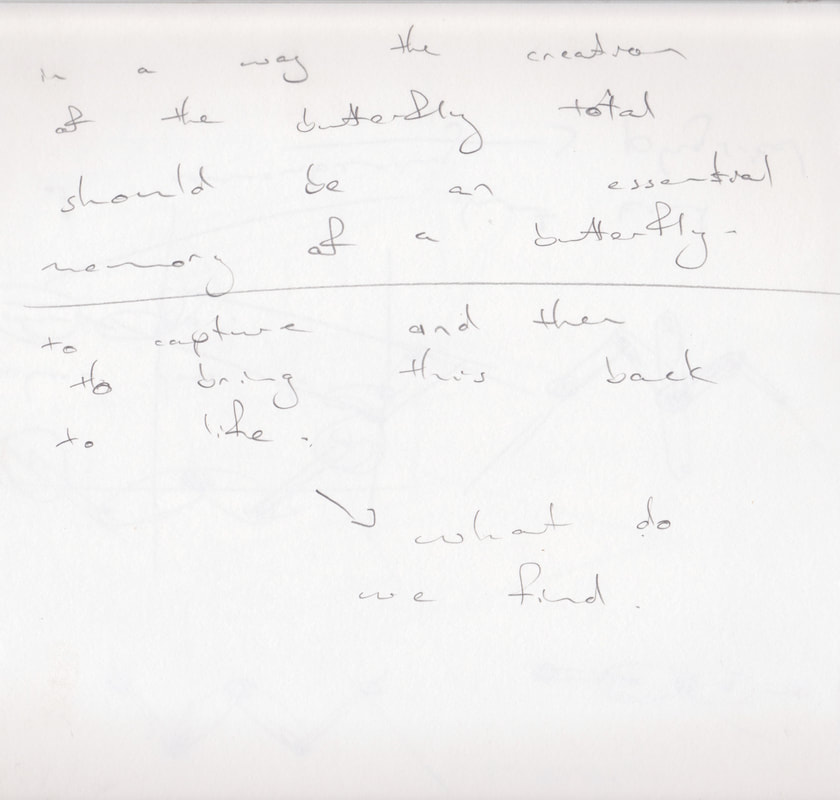
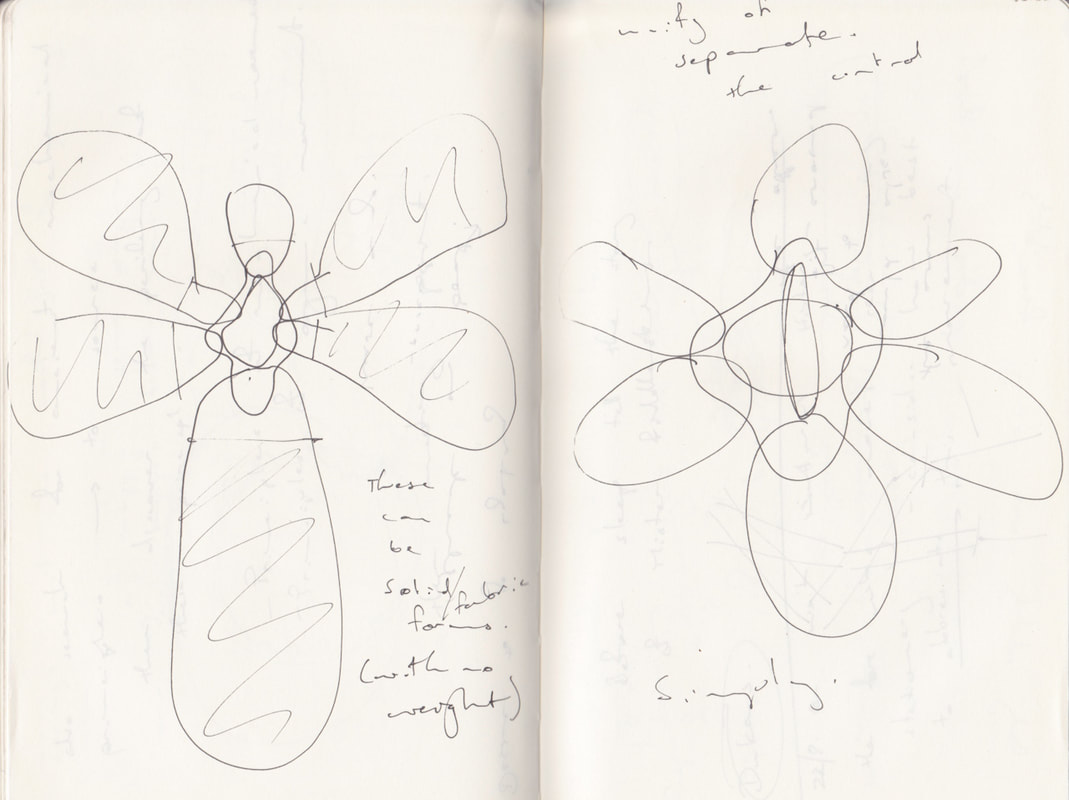
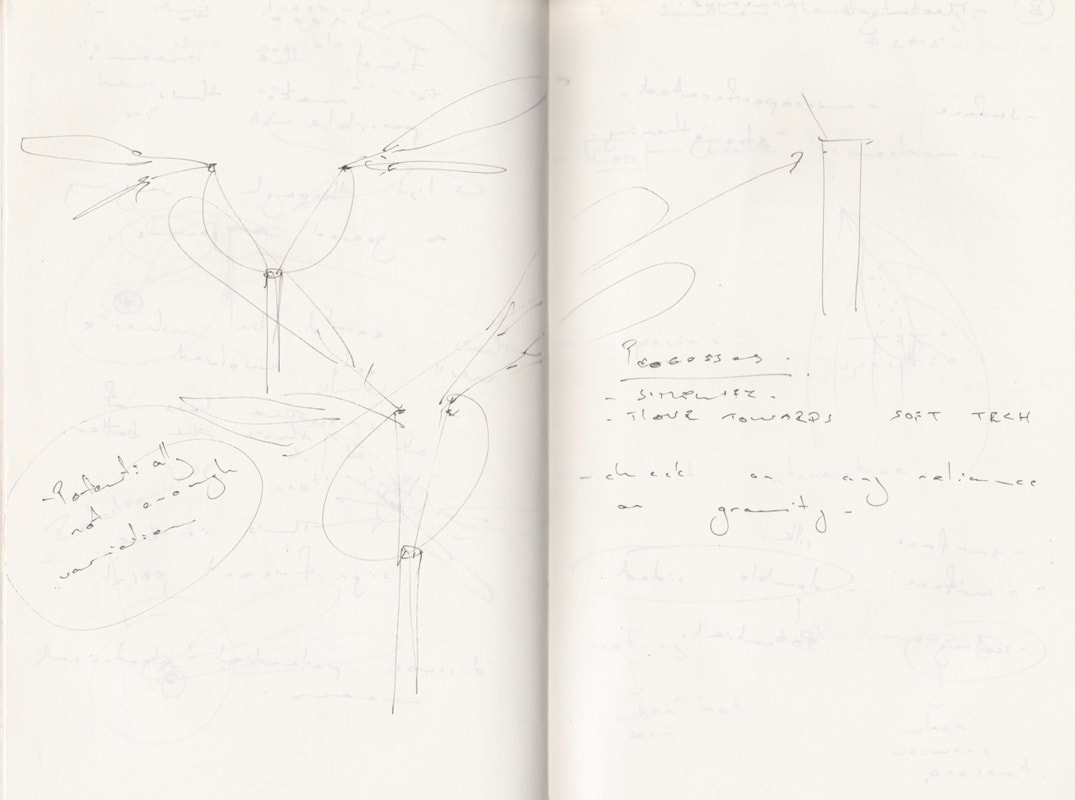
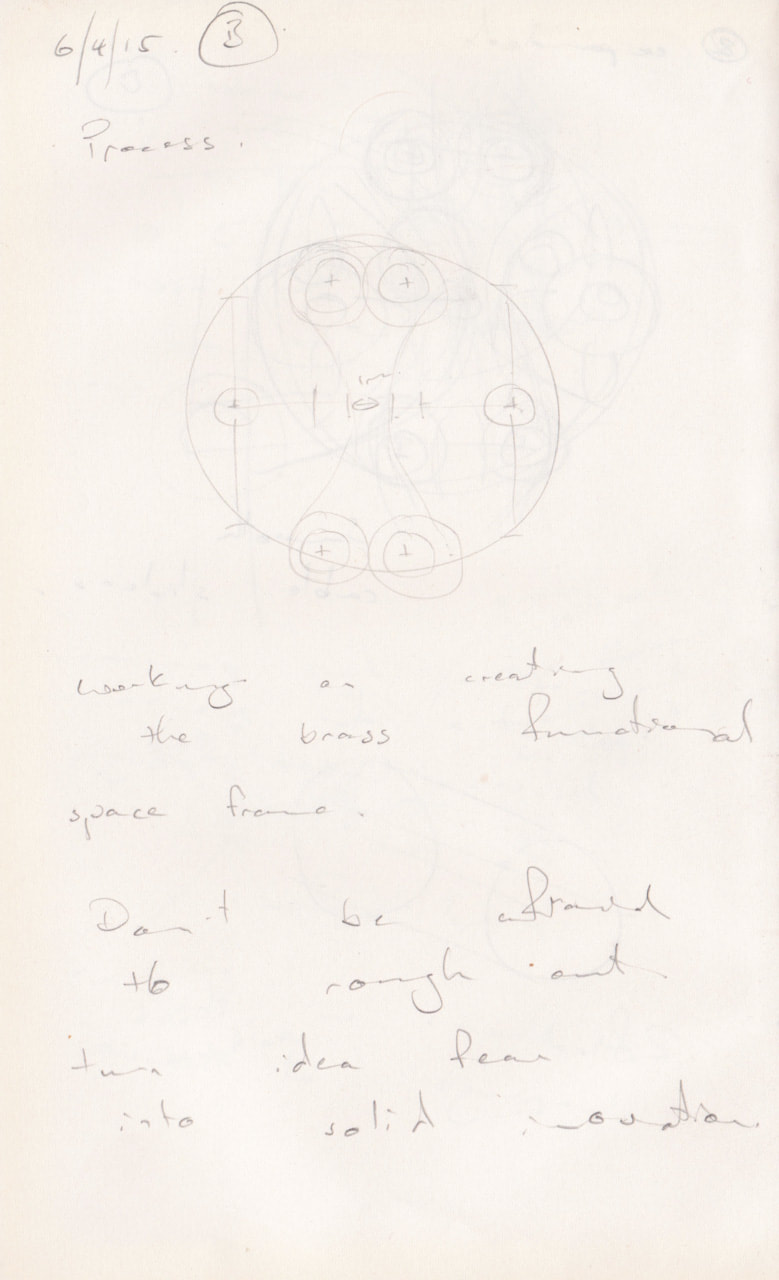
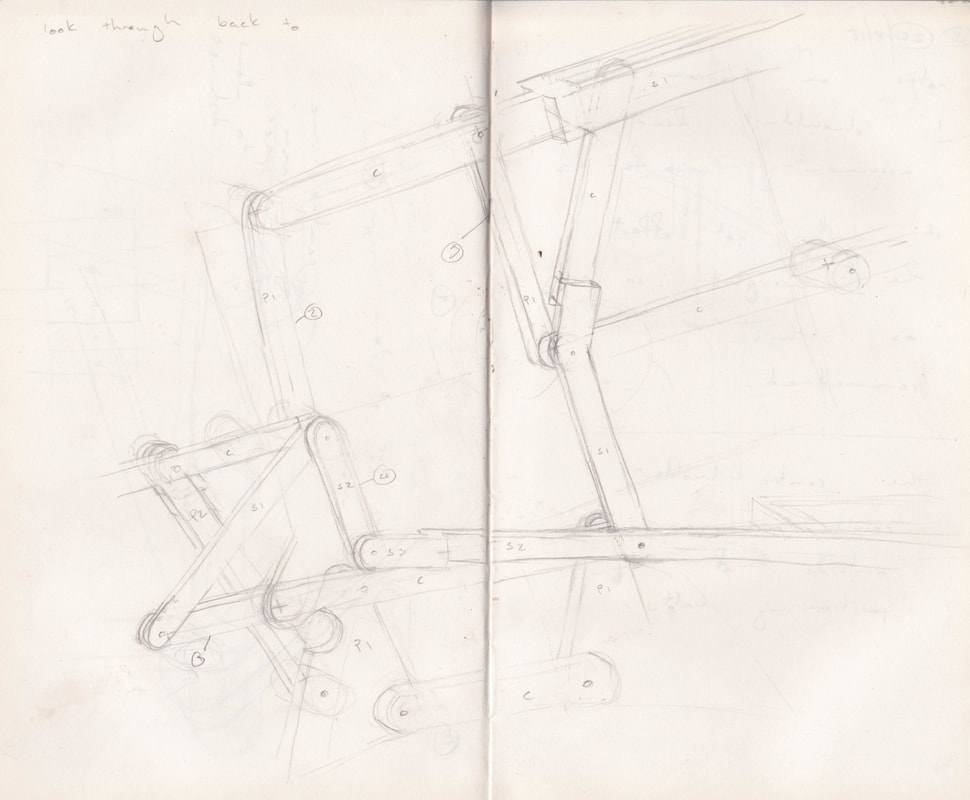
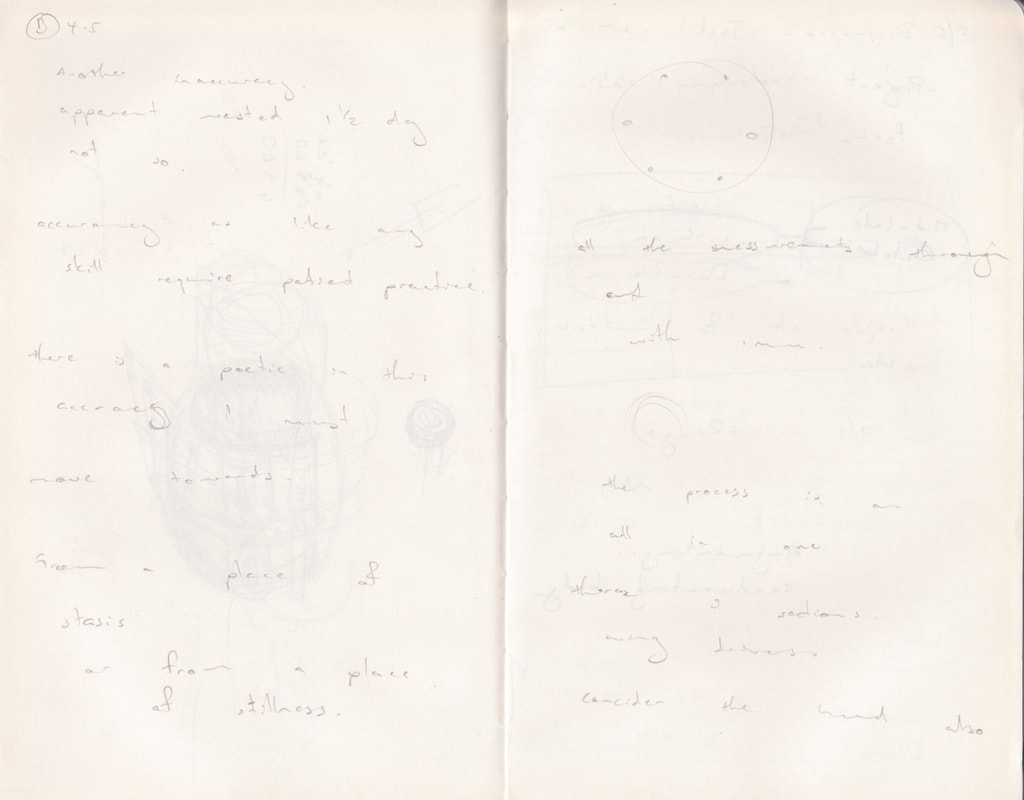
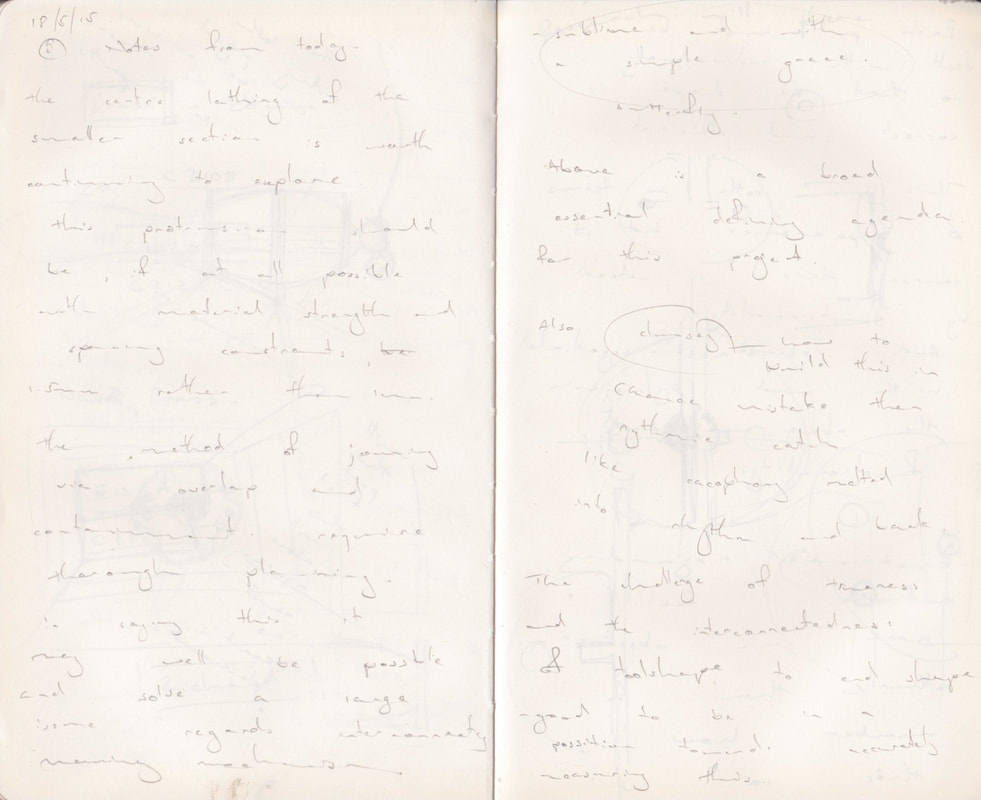
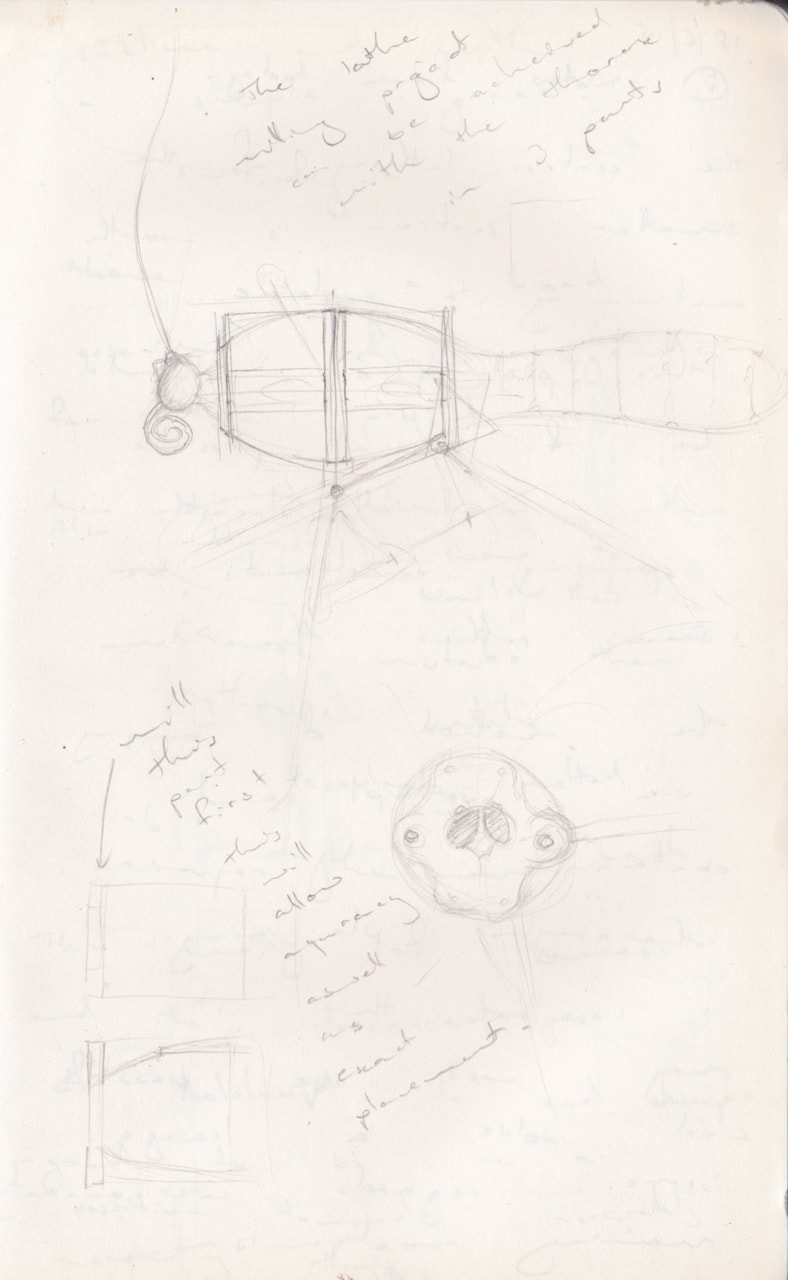
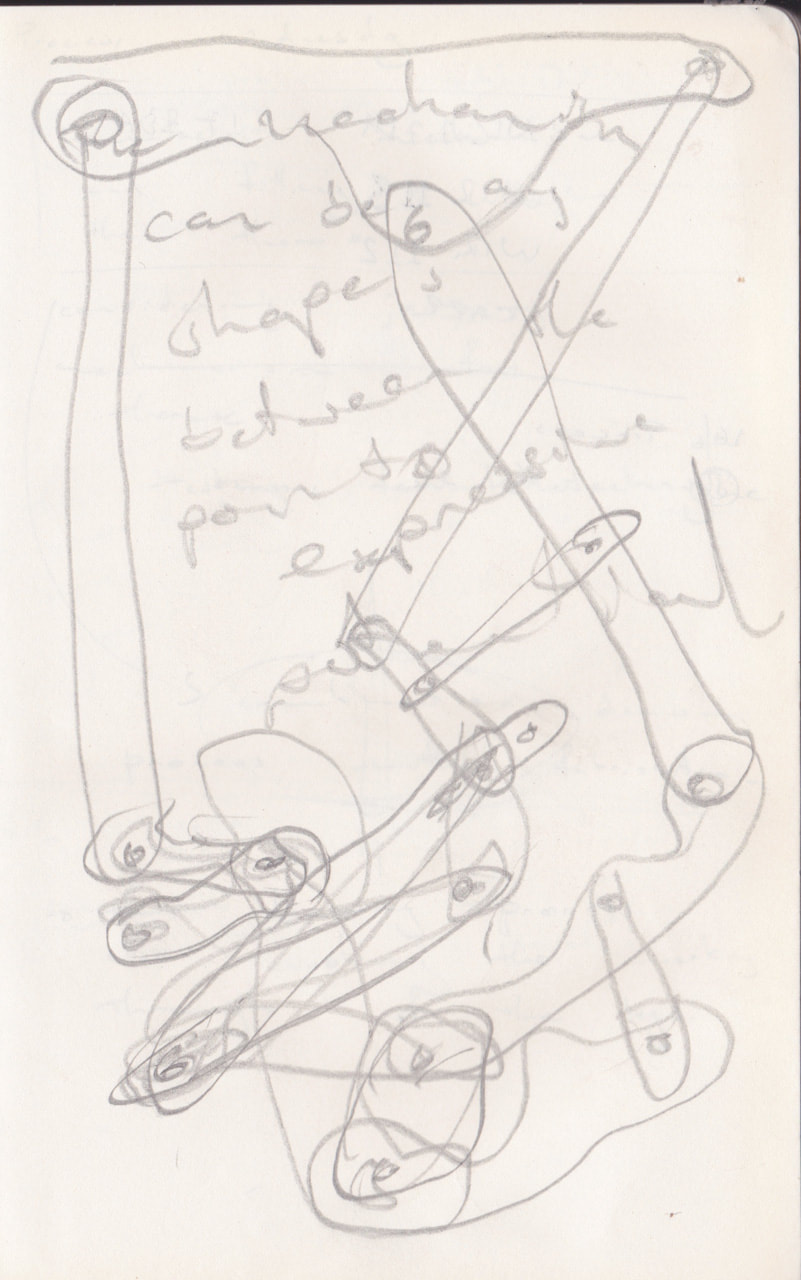
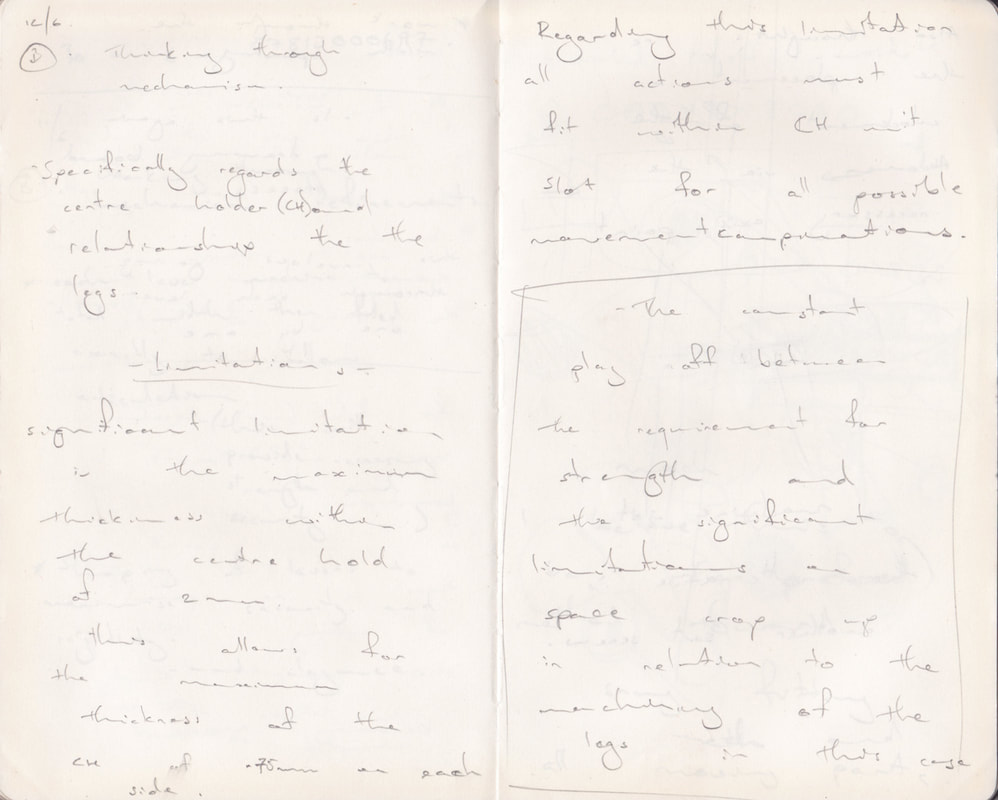
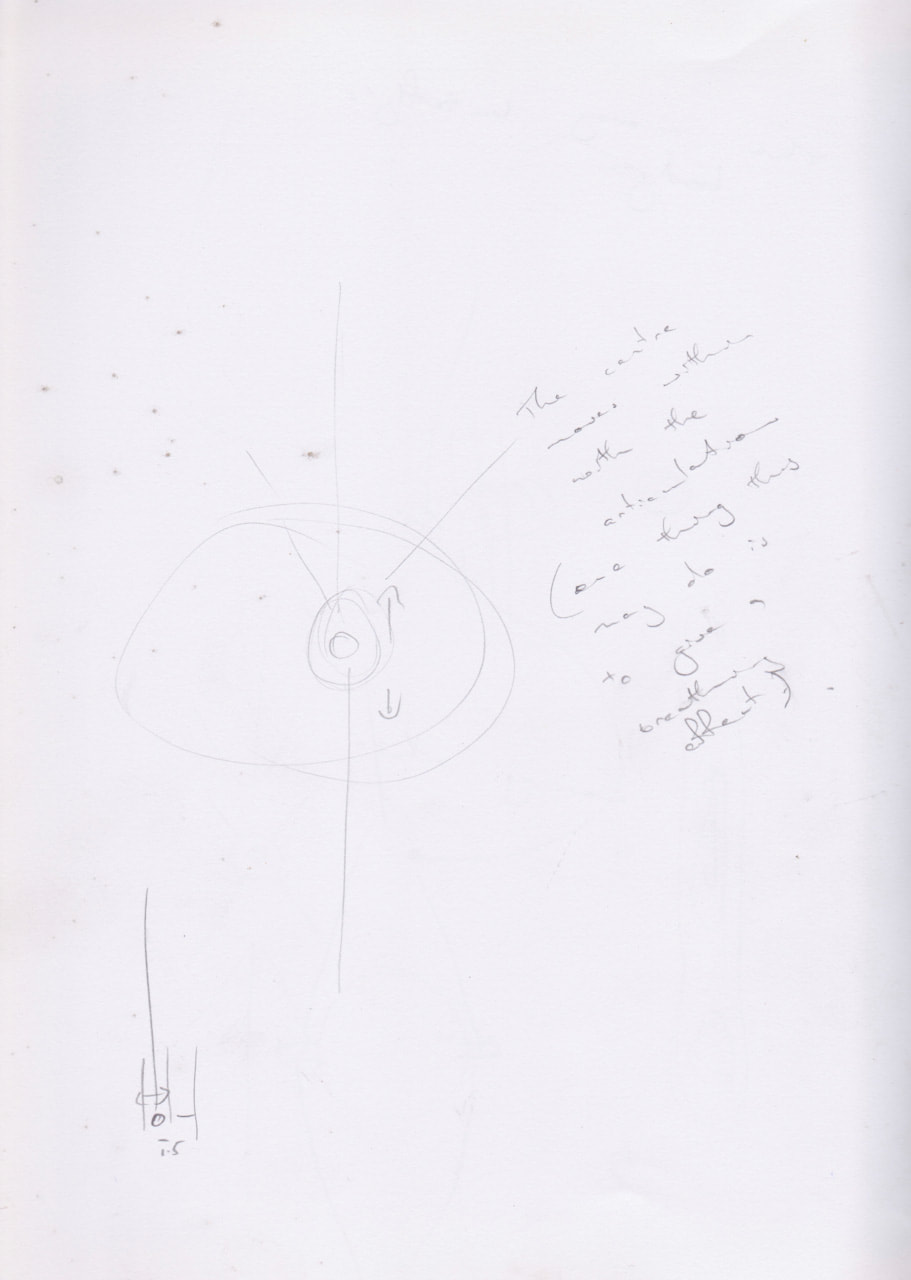
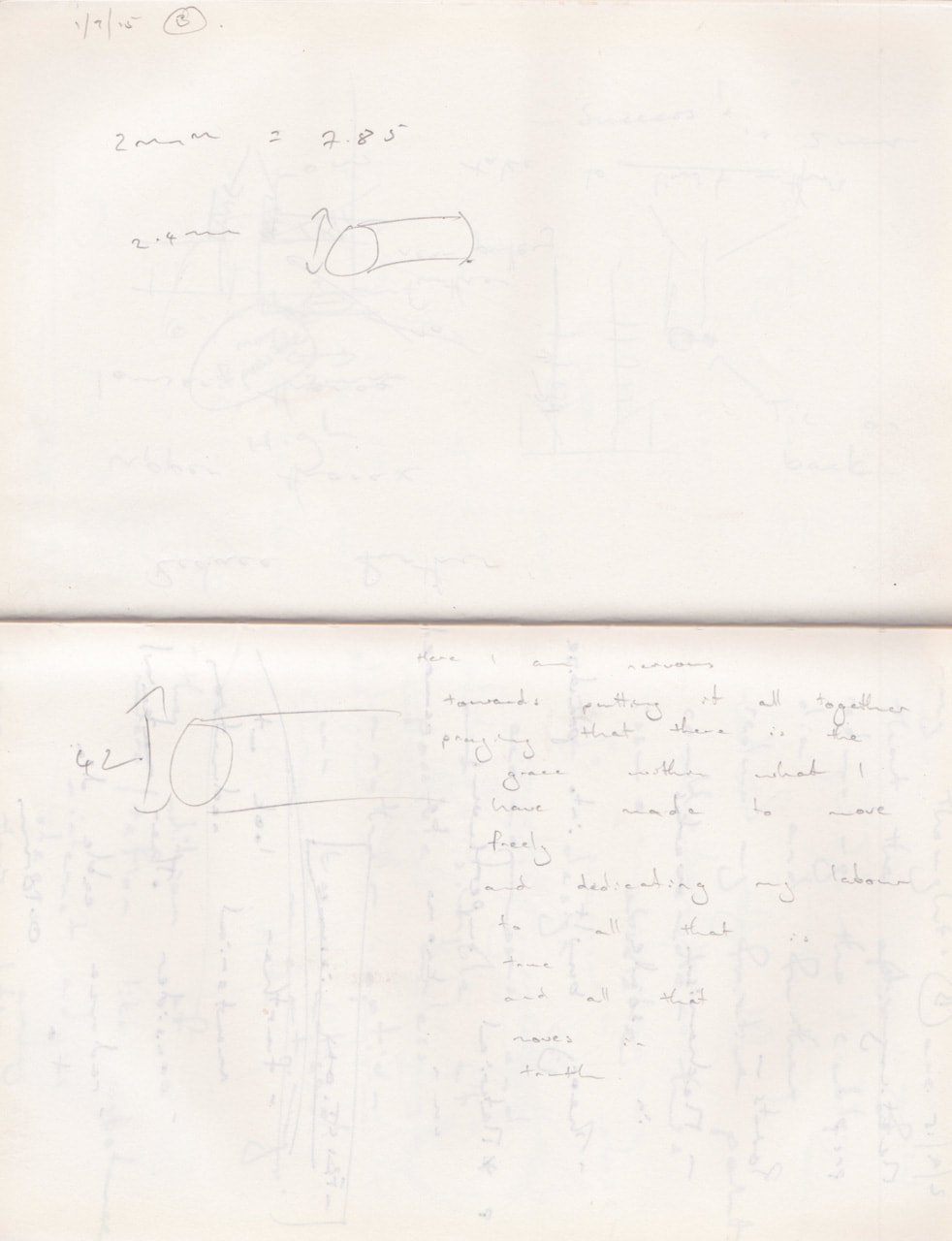
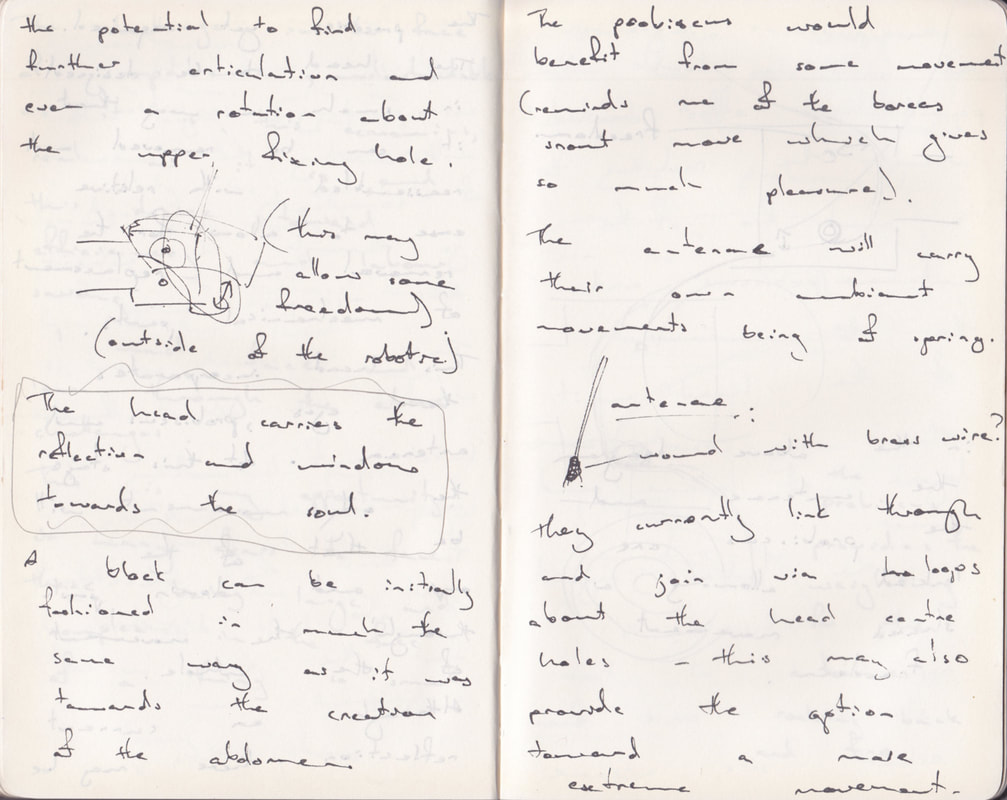
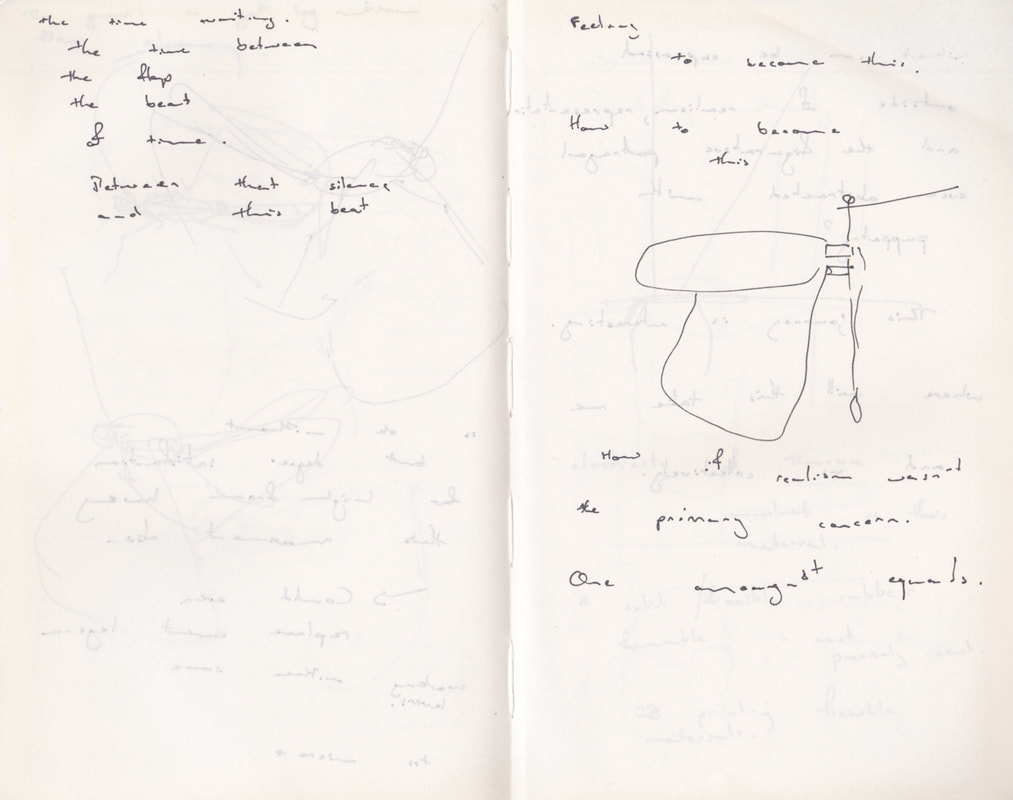
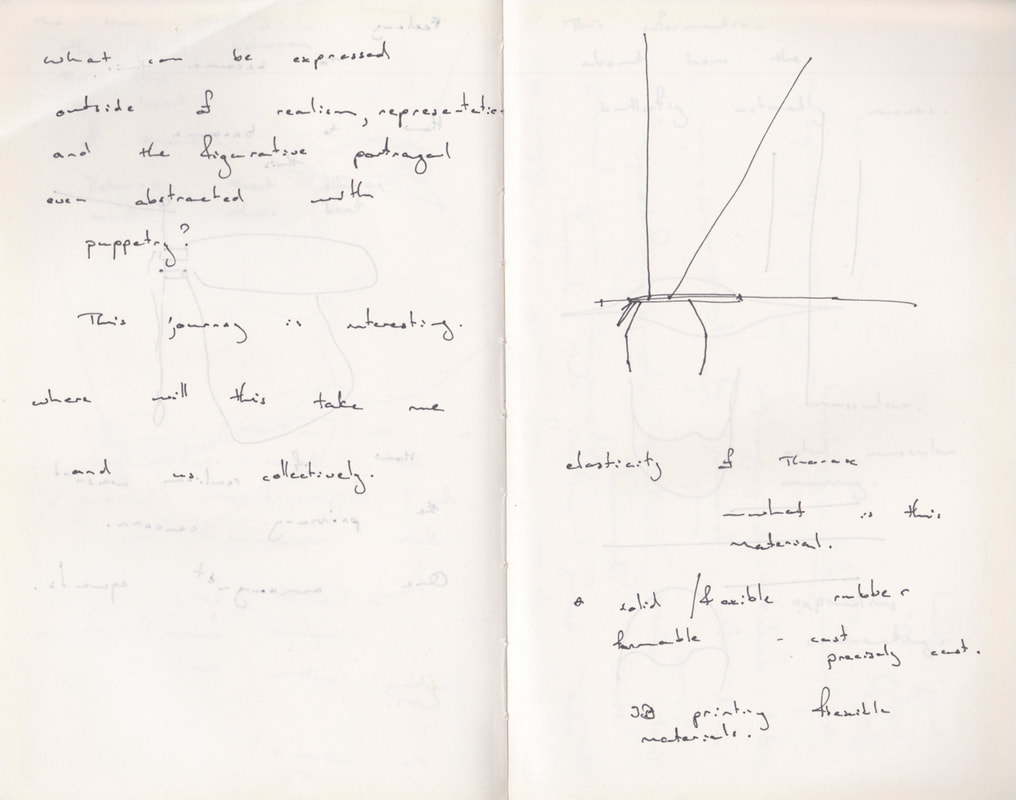
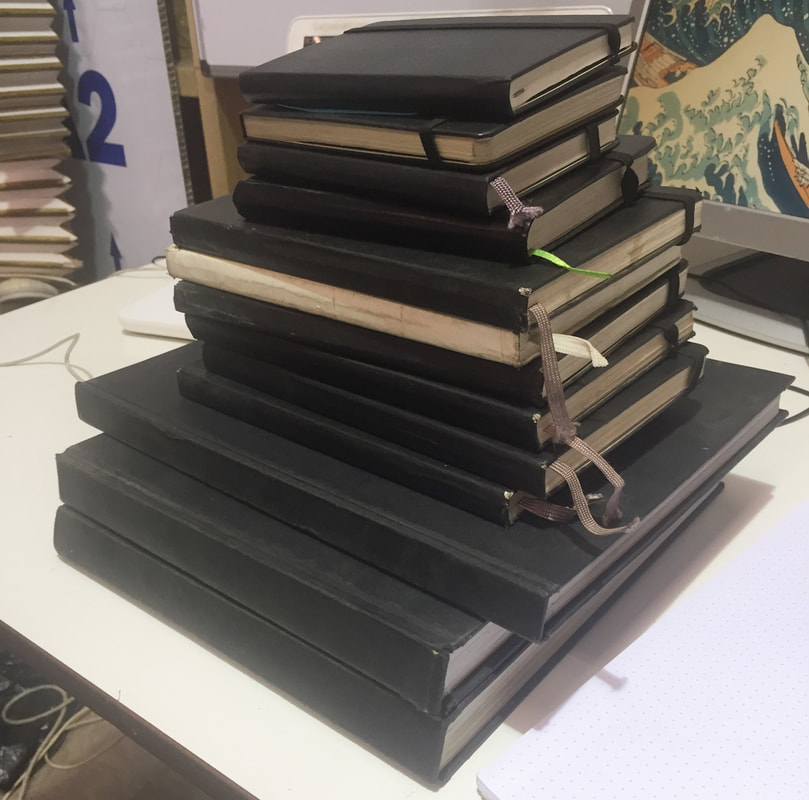
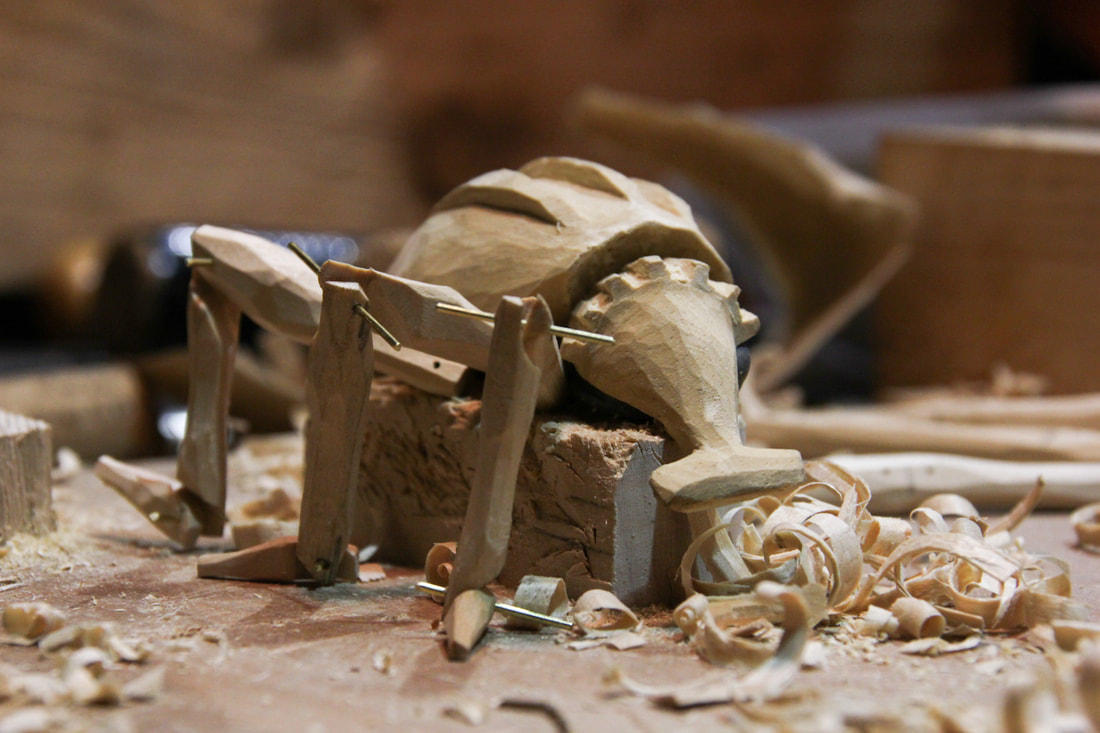
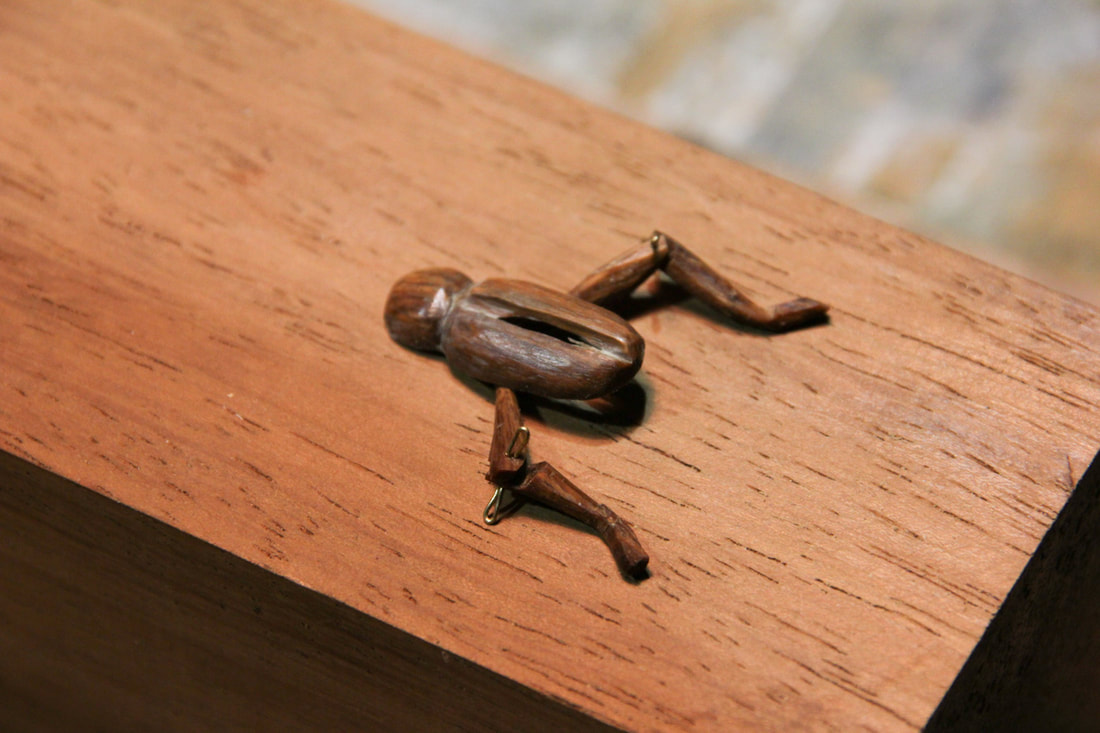
 RSS Feed
RSS Feed